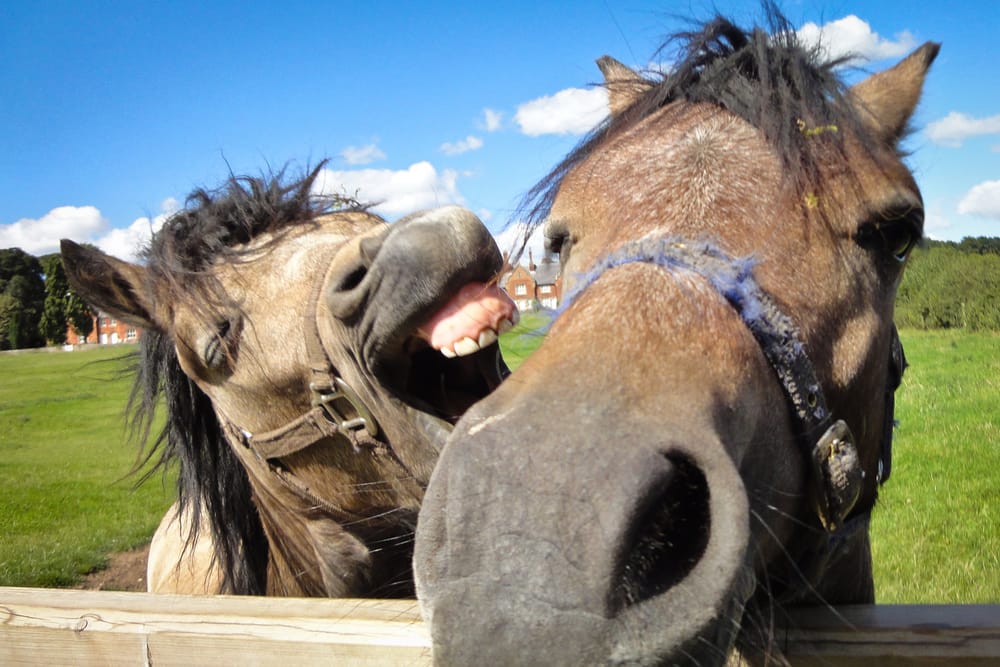So hungry I could eat a horse
And why shouldn't I?

Hunger has taken me to many weird places – Zone 6, meat free foods and even Ginster’s pasties. What I have not done is eat a donkey’s cock as Paul Merton almost did on his documentary series about China. But if I were really hungry, would I?
Having ridden horses for a while, including a few stallions, I am confident that the equine penis is pretty impossible to avoid noticing. Despite the donkey’s reputation for pork swordsmanship, equine vets inform me that that it is trumped by the tackle of your average Grand National winner. I cannot say that that particular factoid makes me any keener to go near either genital, let alone imbibe one should it rock up on my dinner plate—however much protein it might provide. But what about the rest of the horse?
It is well known, if not well documented, that the number of Exmoor ponies in South Devon was considerably smaller after WWII than before it. As every GCSE history student knows, rationing hit every food source hard, with meat as no exception. But people were still hungry and wanted to eat. And there is a lot of meat on a horse. Even a modestly-sized but properly-fed Exmoor pony will net over 100kg of meat. As a large steak weighs about 0·5kg, this represents a considerable supply of the red stuff. My father’s family are from North Devon and so in order to survive the war healthily they probably ate horsemeat. Even despite that, I am not that keen. Sitting in a nice warm office writing this, with a freezer of venison, duck, beef, chicken and fish at home I am not much being tested though.
However there is an intellectual line that I make. Horses are working animals. I do not use them as such, but I do not use cats or dogs in their working capacity either: and neither do I eat them And it is clear that those animals are not stock animals anywhere in the western world. What is equally clear is that cows, chickens and duck are not working animals anywhere in the western world either. They are stock animals that are bred (or shot) for meat. At no point are they working animals. This makes a nice distinction between the two types – animals bred and reared for meat, and animals that are not.
But there was one I could not put in the list – pigs. Although they are not thought of as working animals, ethically I know they are not only used as stock animals in western Europe so I could not put them in the list above. One reason is that they are used to find truffles on the continent. More recently, heart valves from pigs have been used to treat heart disease in humans. If you had had a replacement heart valve from a pig, would you feel the same about eating a Cumberland sausage afterwards? It might be a bit close to the bone for me.
So unless I make a subtle and rather lame extension to the differentiation between the sort of meat I do and do not eat, that means it is alright for me to eat pigs (or not), I am cut off from any sort of moral imperative behind my choice of foodstuff. I now wonder why I or anyone else makes a distinction between which meats to eat and which not on intellectual or moral grounds at all. What could that possibly achieve? All it does it lend a certain lofty high ground to a combination of personal preference, practicality, dated hygiene considerations and availability. And what is wrong with those as reasons anyway?








